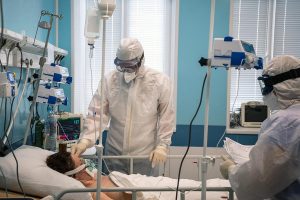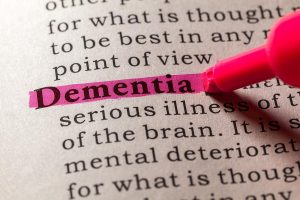
Love doesn’t fade when one member of a family develops Alzheimer’s disease, but times of intimacy like Valentine’s Day can become tougher. Experts at the Alzheimer’s Foundation of America (AFA) acknowledge that a loved one living with dementia can have trouble expressing their feelings or remembering things as they did in the past. However, if partners and families follow the AFA’s H.E.A.R.T guidelines, navigating Valentine’s Day can be a bit easier. Those guidelines are: Help a loved one reminisce. Trying going through old photos together, describing them and reminding your loved one who individuals are and what events they partook in. Don’t ask “Do you remember this?”, but do talk over fun vacations, parties or other events you’ve shared. Enjoy flowers. Smells are one of the most fixed memory-triggers in the brain, and bringing a bouquet of Valentine’s blooms into the home can be joyful while helping to stimulate the brain, the AFA says. Adapt intimacy. Dementia can rob people of the ability to verbalize emotions as they once did, but simple, shared activities can help. Sharing a meal, watching a favorite movie or taking a walk together can foster feelings of closeness. Nonverbal forms of communication — touching, smiles, eye contact — also enhance those feelings. Reaffirm feelings. An act such as reading a Valentine’s card aloud can communicate love and connection to… read on > read on >












-150x150.jpg)








-300x200.jpg)







-300x169.jpg)








